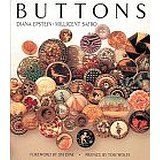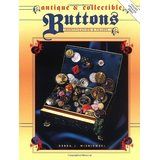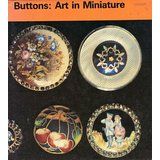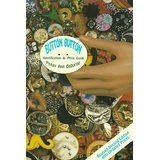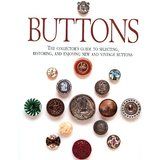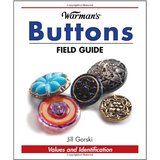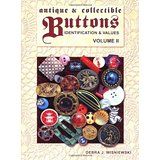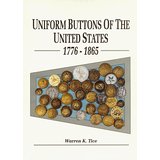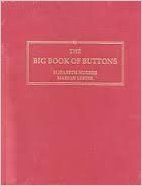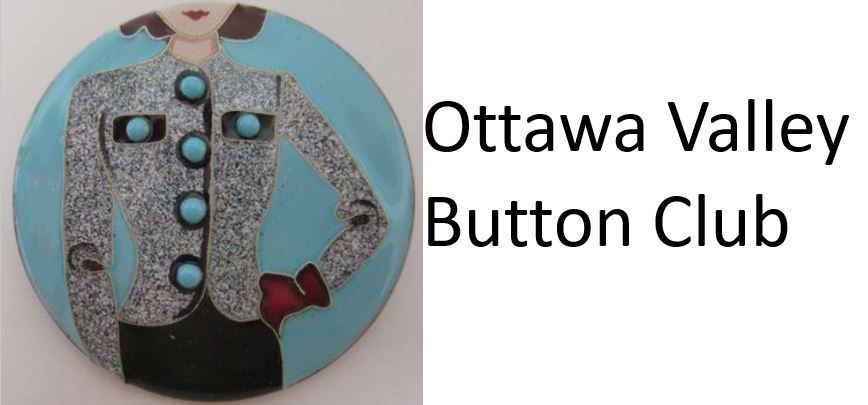Diana Wieler the wonderfully talented enamel button artist said it best: “you can put anything of a button.” The more you collect the more that becomes true.
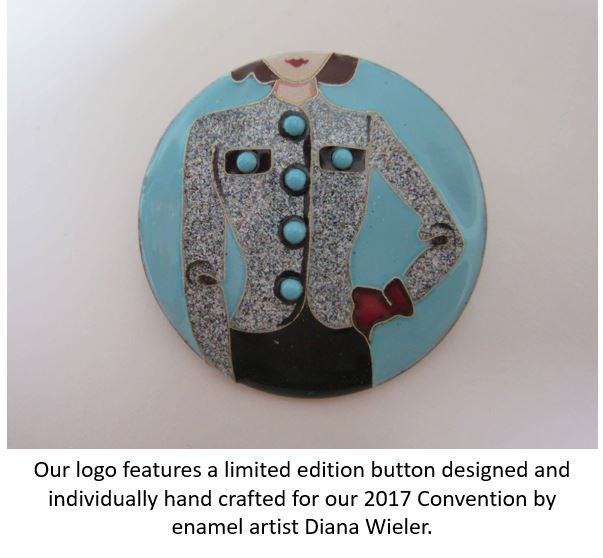
Welcome the world of buttons.
Collectors, like the treasured buttons they collect, do so for a variety of reasons. At one end are the disciplined military button collectors who catalogue uniform buttons according to age, regiments, battalions, ranks and/or manufacturers and at the other those whose button stash consists of buttons of one colour, material, shape or subject.
It all starts innocently enough with memories of grandma’s button jar and the hours of fun that sorting and looking at buttons provided, or finding a tin of buttons at a garage sale where one or two of the buttons are particularly beautiful and call for research.
Often, we are asked “how do I start my collection?” We suggest you start with those you have on hand and like the most. Learn all you can about them by reading (See the list of books on button collecting below.) and by joining a local group of button collectors like the Ottawa Valley Button Club. Clubs have members with expertise in both garment button manufacturing and history. Button collecting information can also be found online.
Increasingly dealers are selling their buttons online. Antique and vintage shows and stores are sources that provide an opportunity to add to your collection and are also places meet other collectors. There are also finds to be had in second hand. Large button shows are popular because of the quantity and variety of buttons for sale. Dealers at these shows can range from those who specialize in designer studio buttons made by artists like Diana Wieler, Evelyn Davies, Gilles Dupere and John Gooderham, to military button dealers, to those who offer an eclectic mix of buttons made of plastic, wood, horn, metal, vegetable ivory and many other materials.
The price of buttons varies from under $1 each up to several hundred dollars. Buttons can be chosen from a card of 30 or 42 buttons, or in a “Poke Box.” It is a box full of loose buttons is placed on a table for the collector to rummage through and find the best bargains.
Buttons are made in many shapes and sizes like"realistics" shaped like flowers, airplanes, bugs, animals and many, many others. Buttons, known as "picture buttons" can portray scenes from literature, hunting scenes,and famous people. The possibilities are endless and so are the categories used for organizing buttons.
Once you begin collecting and hunting for buttons you will want to learn how to display them and if you are competitive there are competitions where you can show off your treasures and earn a prize.
Suffice to say that buttons like button collectors are a diverse lot brought together by the fun of sharing what they know about the history, materials, manufacturers and aesthetics of garment buttons.
Books
There are many books available for the collector and most libraries will carry an assortment.
